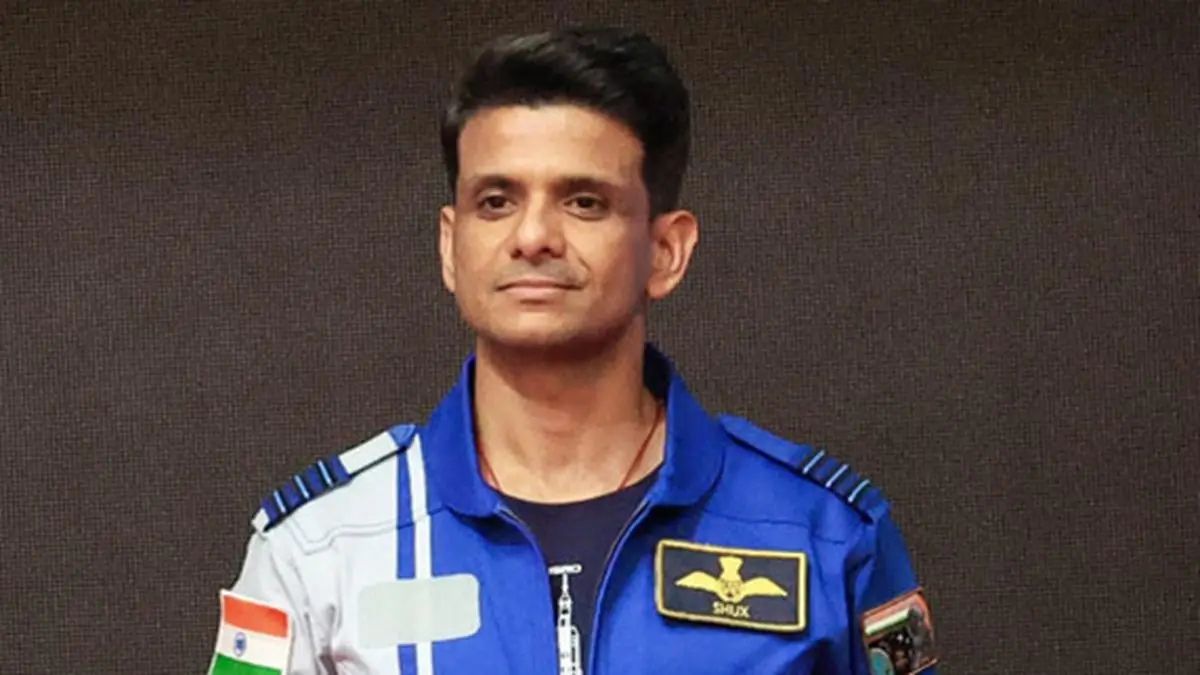After much anticipation, the launch of Indian astronaut Shubhanshu Shukla ’s Axiom-4 mission has been delayed once again due to a liquid oxygen leak in SpaceX’s Falcon-9 rocket. The mission, which was scheduled to lift off on Tuesday, June 10, was set to carry Shukla and three others to the International Space Station (ISS).
The crew includes Commander Peggy Whitson, pilot Shubhanshu Shukla , and mission specialists Tigor Kapu from Hungary and Slawosz Uznanski-Wisniewski from Poland.
SpaceX said it is “standing down” to fix the issue and will announce a new launch date once repairs are complete and the launch range is ready.
Here’s a simple breakdown of how the launch and docking process works:
The launch takes place from NASA’s historic Launch Complex 39A in Florida—the same site from where Neil Armstrong began his journey to the Moon.
About 35 minutes before liftoff, fueling begins after clearance from the Launch Director. The Falcon-9 is filled with supercooled liquid oxygen and refined kerosene (RP-1). At T-minus 5 minutes, Dragon—the spacecraft that carries the crew—switches to internal power.
As the countdown hits zero, the rocket’s nine Merlin engines ignite, and Falcon-9 lifts off. Within just over a minute, the rocket breaks the sound barrier. Around 57 seconds in, it passes through “Max Q,” the moment of highest pressure on the rocket.
About 2.5 minutes after liftoff, the rocket’s first stage shuts down and separates. It then heads back to Earth and lands upright on a drone ship in the Atlantic Ocean. Meanwhile, the second stage ignites to push Dragon further into orbit.
Impact Shorts
More ShortsRoughly 10 minutes after launch, Dragon separates from the second stage and begins flying independently. It opens its nose cone to deploy navigation tools and prepare for docking.
The spacecraft doesn’t head straight to the ISS—it performs a series of calculated engine burns over 20 to 24 hours to gradually match the ISS’s orbit. Once near the station, Dragon pauses at several checkpoints before making its final approach.
After docking, ground teams run safety checks to ensure no leaks. Only after the pressure is stabilised are the hatches opened, allowing the crew to board the ISS.


)

)
)
)
)
)
)
)
)



